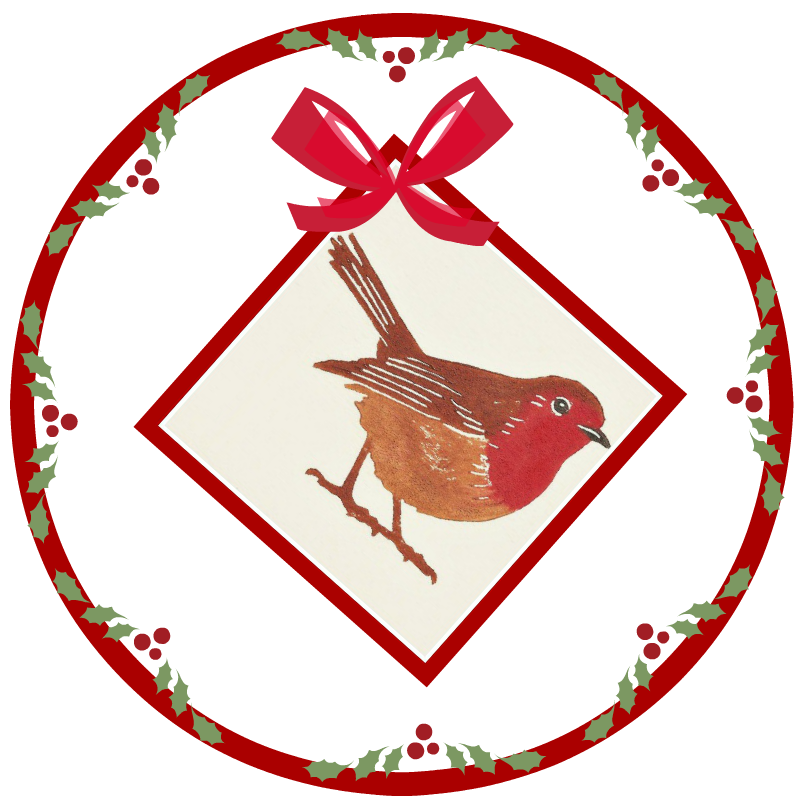"Come said the wind to
the leaves one day,
Come over the meadows
and we will play.
Put on your dresses
scarlet and gold,
For summer is gone
and the days grow cold."
A Children's Song 1880
"Winter is the time for comfort, for good food and warmth, for the touch of a friendly hand and for a talk beside the fire: it is the time for home."
Edith Sitwell
"What good is the warmth of summer, without the cold of winter to give it sweetness."
John Steinbeck, Travels with Charley: In Search of America
Under a blue winter sky today I found lots of green shoots making their way through the ground in our garden
"What day is it?"
"It's today," squeaked Piglet.
"My favourite day," said Pooh.
A.A. Milne

















































